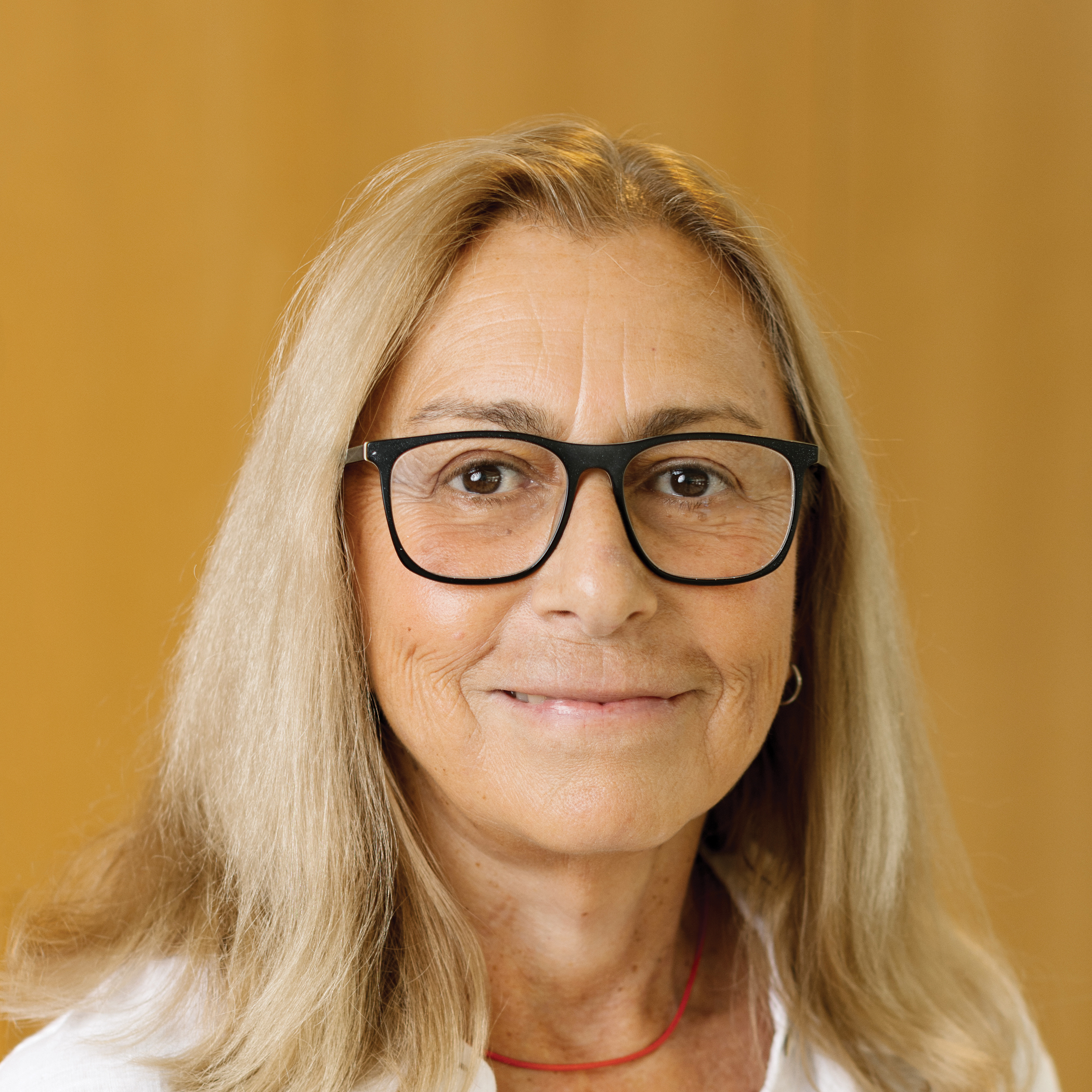333 Second Street
Columbus, IN 47201

Silvia Acosta is an architect, artist, and professor of architecture. Her teaching and work are dedicated to the craft of making, whether at the scale of objects of use or through design-build practices with her students materializing community projects sited locally and abroad. Before joining the Eskenazi School of Art, Architecture + Design, she taught design studios and seminars/workshops that maintained linkages between architecture and the arts at the Rhode Island School of Design. These courses included drawing, painting, and composing material artifacts while understanding the role of imagination as a generator of ideas to be enacted. Teaching has taken her to many different places—Harvard, Yale, University of Miami, Boston Architectural Center, China Academy of Art, Nagoya University, Monash University, Curtin University of Technology, Equinoctial Technological University—and she is grateful to have had these exciting and personally enriching engagements with other schools. She now looks forward to contributing to the J. Irwin Miller Graduate Program at Indiana University with an experimental attitude and a hands-on material sensibility.
Supporting the uniqueness of personal ingenuity in forming architectural work, Acosta is also interested in participating in collaborative projects. As much as architecture comes from individual creativity, it is often a collective effort; in the best of situations, its beauty comes through the inclusion of humanistic values, both in its making and offerings. Her approach to architectural practice is founded on two beliefs—joint endeavors outweigh work conceived from a single point of view, and architecture is made and given away. No matter who sponsors it, architecture is in the world and for the world. These opportunities to make contributions are about observing, listening, and doing. They are also about responding with a sense of obligation toward humanitarian concerns.